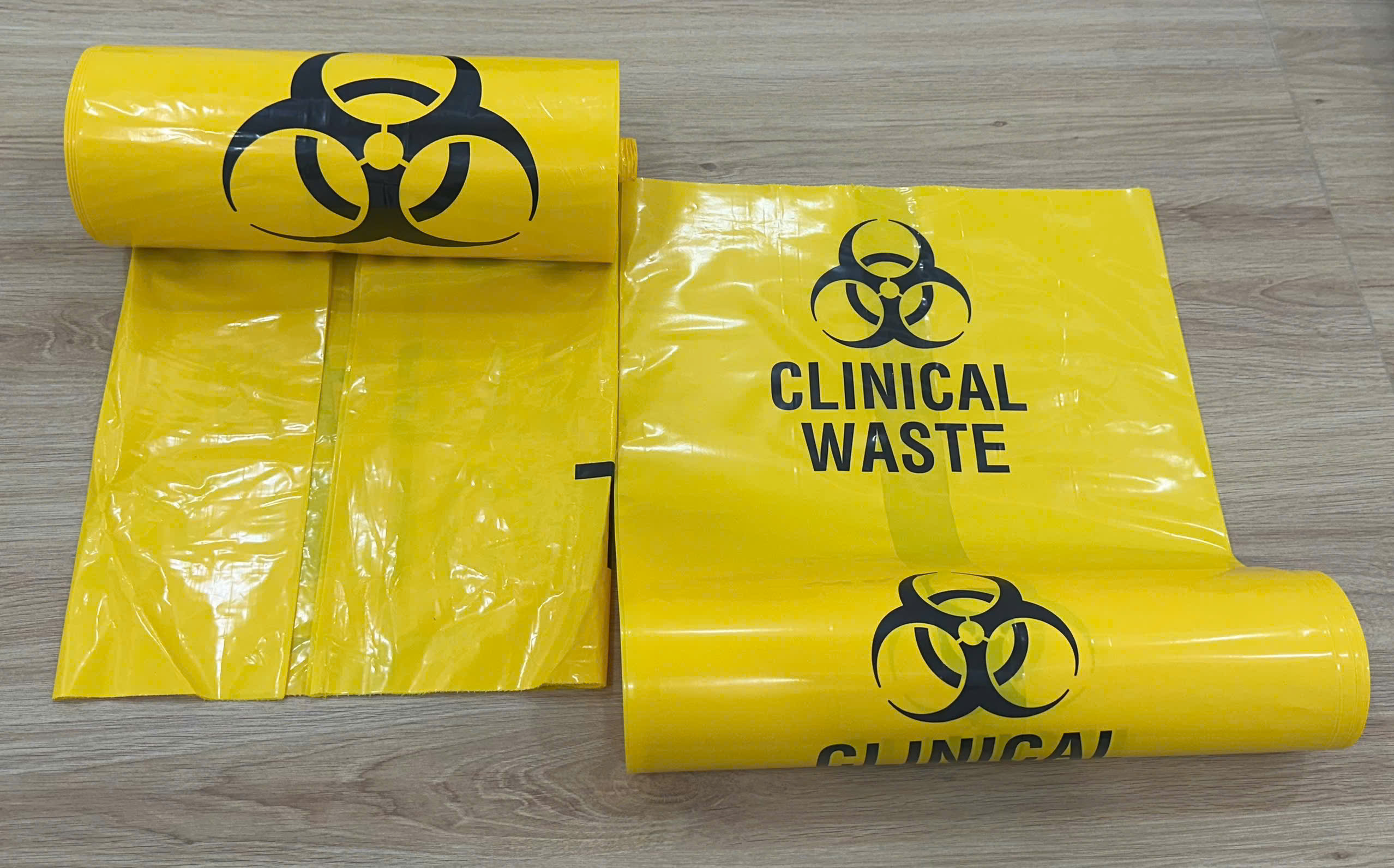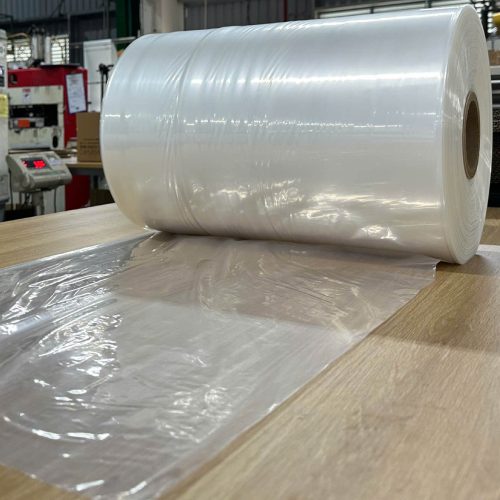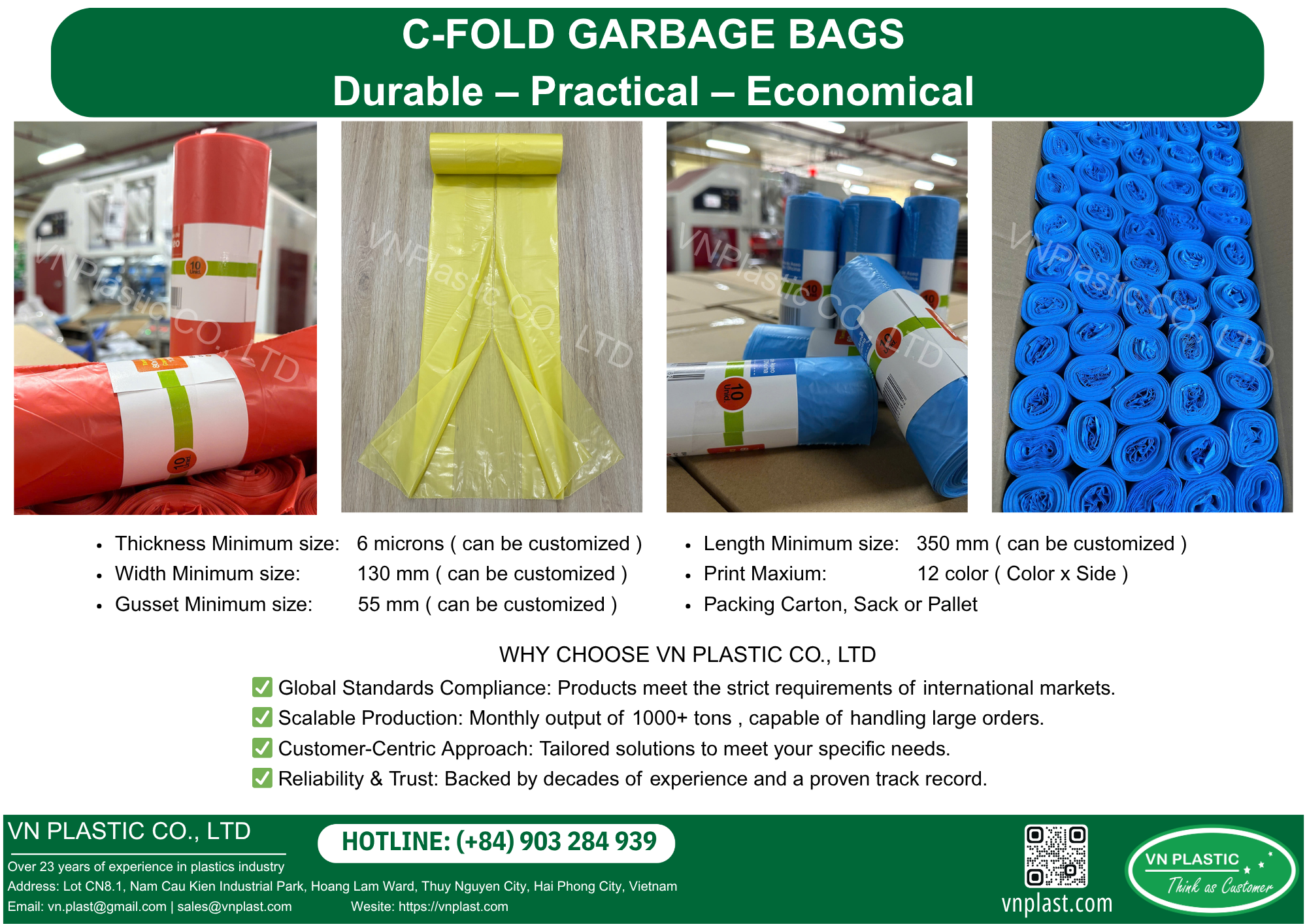Stretch Film is an essential component in the world of packaging and shipping, providing a layer of protection and stability for various products. With its versatility and effectiveness, stretch film has become a staple in many industries, catering to businesses that require secure transport and storage solutions. In this article, we will delve into the secrets of stretch film quality, exploring various aspects such as types of stretch film wrap, the machinery involved in production, local supply options, and best practices for usage and handling.
Exploring Stretch Film Wrap

Stretch film wrap is designed to provide exceptional containment and protection for goods. It is used widely in warehouses, distribution centers, and manufacturing facilities to keep products secure during storage and transport. Understanding the different types and qualities of stretch film can significantly impact your operational efficiency and product safety.
Types of Stretch Film Wrap Available
There are several types of stretch film available on the market, each serving distinct purposes and offering various benefits.
First, we have manual stretch film which is ideal for smaller operations. This type is usually dispensed from a hand-held roll and allows for flexibility and ease of use. Manual stretch film is often favored by businesses that ship smaller loads or those that require frequent changes in wrapping techniques.
Next, there’s machine stretch film, which is specifically designed for automated processes. This type is utilized with a stretch film machine, allowing for high-volume operations. Machine stretch film typically comes in larger rolls and provides a consistent level of tension and coverage, ensuring optimal protection during transport.
Lastly, pre-stretched film should be highlighted. This type undergoes a pre-stretching process, allowing it to deliver superior strength while consuming less material compared to standard films. Pre-stretched films can reduce waste and improve cost-effectiveness for businesses looking to maximize their packaging processes.
Advantages of Using Stretch Film Wrap
The advantages of using stretch film wrap are abundant, making it a preferred choice across various industries.
One significant benefit is its ability to provide excellent load stability. When applied correctly, stretch film tightly binds pallets and products together, preventing movement during transit. This minimizes the risk of damage and ensures that items arrive at their destination intact.
Moreover, stretch film offers protection against dust, moisture, and contaminants. The tight seal created by the film keeps unwanted particles away, preserving the quality of the products being shipped. This feature is particularly crucial for food and pharmaceutical sectors, where hygiene and safety are paramount.
Additionally, using stretch film can be more environmentally friendly than other packaging materials. Many manufacturers offer recyclable or biodegradable options, allowing companies to fulfill their sustainability goals while still maintaining effective packaging solutions.
How to Properly Use Stretch Film Wrap
To maximize the benefits of stretch film, proper application techniques are vital.
Before beginning the wrapping process, it’s essential to ensure that the surface of the load is clean and free from debris. Any dirt or residue can compromise the adhesion of the film, leading to potential issues during transport.
When applying the stretch film, start by anchoring one end to the base of the pallet. Slowly and evenly circle the load, making sure to overlap each layer by about 50%. This overlapping technique creates a tighter bond, enhancing security and stability.
Finally, once the entire load is wrapped, secure the loose end of the film. Depending on the thickness and type of film used, you may need to apply additional tension to ensure it adheres properly. Taking these steps will help maintain the integrity of the wrapped goods throughout their journey.
Best Practices for Storage and Handling
Storage and handling of stretch film can also impact its overall quality and effectiveness.
When storing stretch film, keep it in a cool, dry place away from direct sunlight. Exposure to heat and UV rays can degrade the film over time, reducing its tensile strength and performance.
It’s also important to handle stretch film rolls with care. Avoid dropping them or rolling them on rough surfaces, as this can cause damage to the film itself. Always utilize proper equipment when transporting heavy rolls—this not only protects the film but also ensures workplace safety.
By adhering to these best practices, companies can prolong the lifespan of their stretch film and enhance its performance.
Overview of Stretch Film Machines

The production of stretch film relies heavily on specialized machinery that ensures efficiency and consistency. Understanding how these machines work can provide insights into the quality of the final product.
Introduction to Stretch Film Machinery
Stretch film machinery plays a pivotal role in the manufacturing process. These machines are designed to extrude polyethylene resin into thin sheets, which are then converted into stretch film rolls.
Typically, stretch film machines consist of several components, including an extruder, die head, and winding unit. The extruder melts the plastic resin and forces it through the die head, shaping it into a continuous film. This process requires precision and expertise, as even minor inconsistencies can lead to defects in the final product.
Different Types of Stretch Film Machines
There are various types of stretch film machines tailored to different production needs.
For instance, blown film machines are commonly used in stretch film production. They create a three-dimensional bubble of film, which allows for greater strength and elasticity. This method tends to produce thicker films that are well-suited for heavy-duty applications.
On the other hand, cast film machines operate by laying down the melted resin onto a chilling roller, which quickly solidifies the film. This type of machine generally produces thinner films with excellent clarity, making them ideal for applications where visibility is essential.
Each machine type has its unique set of advantages, influencing the characteristics of the final stretch film produced.
How Stretch Film Machines Operate
The operation of stretch film machines involves several critical stages.
Initially, raw polyethylene granules are fed into the extruder where they are heated and melted. The molten plastic is then forced through a die, forming a continuous sheet. After leaving the die, the film is rapidly cooled to solidify its structure.
Once cooled, the film is wound onto large rolls. At this point, operators will monitor the thickness and quality to ensure it meets specific standards. Advanced stretch film machines may also integrate automatic quality control systems, which streamline the manufacturing process and enhance efficiency.
Understanding how these machines operate can provide businesses with valuable insights into the importance of investing in high-quality machinery for their production lines.
Factors to Consider When Choosing a Stretch Film Machine
When selecting a stretch film machine, there are several factors to consider to ensure the best fit for your production needs.
First, assess the volume of product you intend to produce. High-demand operations may benefit from investing in faster, more efficient machines capable of handling large volumes without sacrificing quality.
Additionally, consider the type of stretch film you plan to manufacture. If your focus is on producing heavier-duty films, a blown film machine may be the better option. Conversely, for lighter films requiring excellent clarity, a cast film machine might be more appropriate.
Lastly, take into account the level of support and service provided by the manufacturer. Reliable customer service can make a significant difference in maintaining equipment and addressing potential issues that arise during production.
Finding Stretch Film Roll Near You

As businesses look to source stretch film rolls, understanding the local market can facilitate access to quality products.
Understanding the Local Market for Stretch Film
In your quest for finding stretch film rolls, it is crucial to comprehend your local market landscape. Various suppliers may cater to different segments, so it’s vital to identify vendors who specialize in stretch film products.
Researching local distributors and manufacturers can uncover hidden opportunities. Often, regional suppliers can provide personalized services and quicker shipping times than larger national chains. By focusing your search locally, you may discover beneficial collaborations and partnerships.
Tips for Locating Suppliers of Stretch Film Rolls
Finding reputable suppliers of stretch film rolls involves a series of strategic steps.
Start by leveraging online resources such as directories and business listings to compile a comprehensive list of potential suppliers. Additionally, check for customer reviews and testimonials to gauge the reliability and quality of each vendor.
Networking within your industry can also yield valuable contacts. Engaging with peers or attending local trade shows can help forge relationships with suppliers who may offer competitive pricing and advantageous terms.
Lastly, do not shy away from reaching out directly to suppliers for inquiries. Establishing a direct line of communication can provide insight into their offerings and allow for customized solutions that meet your specific requirements.
Comparing Prices and Quality from Local Vendors
When evaluating potential suppliers, comparing prices and quality is essential for making informed purchasing decisions.
Request quotes from multiple suppliers to understand pricing structures. Keep in mind that the cheapest option may not always equate to the best value. Take note of the quality of the stretch film being offered—cheap products may lack durability and strength.
Consider requesting samples before committing to a large order. This practice allows you to evaluate the film’s performance firsthand, ensuring it meets your standards and requirements.
The Role of Online Resources in Finding Local Suppliers
While local sourcing is valuable, online resources can significantly assist in identifying nearby suppliers.
Utilize search engines to find local vendors by typing queries such as “stretch film roll near me.” This approach can generate a list of suppliers in your vicinity, coupled with user ratings and contact information.
Social media platforms and professional networks also serve as excellent tools for discovering local suppliers. Join groups relevant to your industry and engage with members to gather recommendations and insights.
Online forums dedicated to packaging materials can provide collective knowledge and advice on reputable suppliers, ensuring you make well-informed choices.
Stretch Film Supply Options Near Me
In addition to local sourcing, businesses must weigh the pros and cons of purchasing stretch film both locally and online.
Evaluating Local vs. Online Purchasing Options
Purchasing stretch film locally offers several advantages, such as immediate availability and the opportunity to physically inspect products before buying. Moreover, local suppliers often provide personalized service, allowing for tailored solutions and fostering strong relationships.
On the flip side, online purchasing can open doors to a broader selection of products and potentially lower prices. E-commerce platforms enable businesses to compare offerings from various suppliers, often leading to favorable deals.
Whether to choose local or online depends on factors such as urgency, available options, and desired pricing. Striking a balance between these two avenues may yield the best outcomes for your specific needs.
Key Features to Look for in Local Suppliers
Choosing the right local supplier involves assessing certain key features that can significantly enhance your purchasing experience.
Seek suppliers who demonstrate transparency in their operations. Clear communication regarding product specifications, pricing, and lead times is crucial in establishing trust and reliability.
Look for suppliers who prioritize quality. Those that adhere to stringent manufacturing processes and quality control measures will likely provide better products.
Additionally, assess the variety of options available. A supplier with a diverse inventory can accommodate various packaging requirements, making them a versatile partner in your supply chain.
Networking with Industry Contacts for Recommendations
Your network is an invaluable resource when searching for reliable suppliers of stretch film.
Engage with industry contacts and ask for their recommendations based on their experiences. Personal referrals often carry weight and can guide you toward trustworthy vendors.
Participating in industry-related events, seminars, or workshops can also broaden your network. Building connections with fellow professionals can lead to fruitful partnerships and access to quality suppliers.
The Importance of Customer Service and Support in Local Businesses
Customer service is a crucial element to consider when evaluating local suppliers.
Businesses that prioritize responsiveness and support will likely foster stronger relationships with their clients. Having accessible representatives who can address inquiries or concerns promptly enhances overall satisfaction.
Moreover, a supplier that goes above and beyond to accommodate your needs will undoubtedly stand out from the competition. Whether it involves special ordering or quick turnaround times, a commitment to excellent customer service can greatly influence your decision-making process.
Conclusion
Understanding the secrets behind stretch film quality encompasses a wide array of factors, from types of wraps and machines to supply options and best practices. As businesses navigate the complexities of packaging and shipping, staying informed about these elements can foster improved efficiency and product safety. By investing in quality materials and establishing relationships with reliable suppliers, businesses can enhance their logistics operations and bolster their overall success in a competitive marketplace.
Factory: No 5, Lot CN8.1, Nam Cau Kien Industrial Park, Hoang Dong Commune, Thuy Nguyen District, Hai Phong City, Viet Nam.
Tel/whatsapp:(+84)903 284 939
Ws: http://vnplast.com
Email: [email protected] | [email protected]




